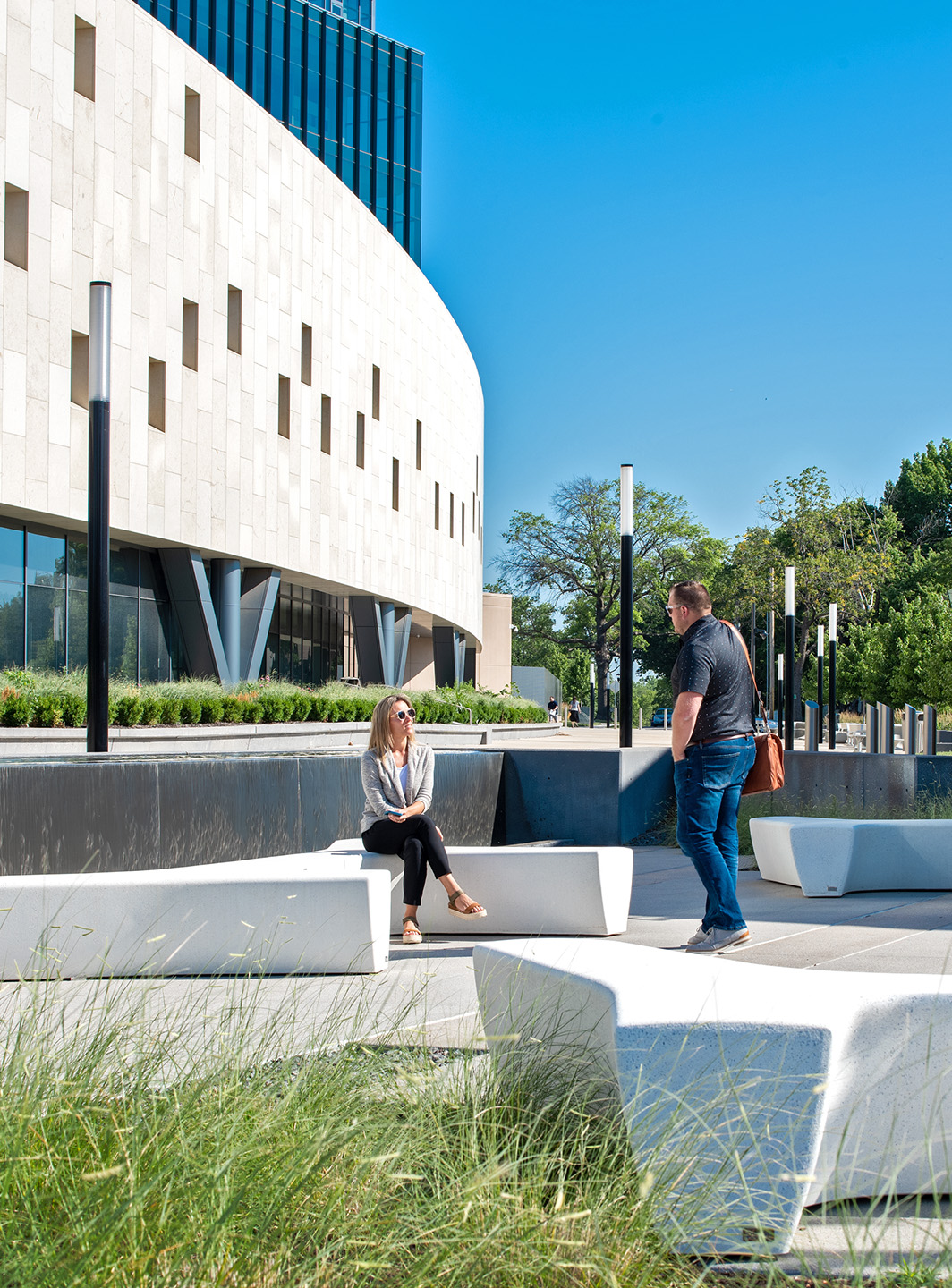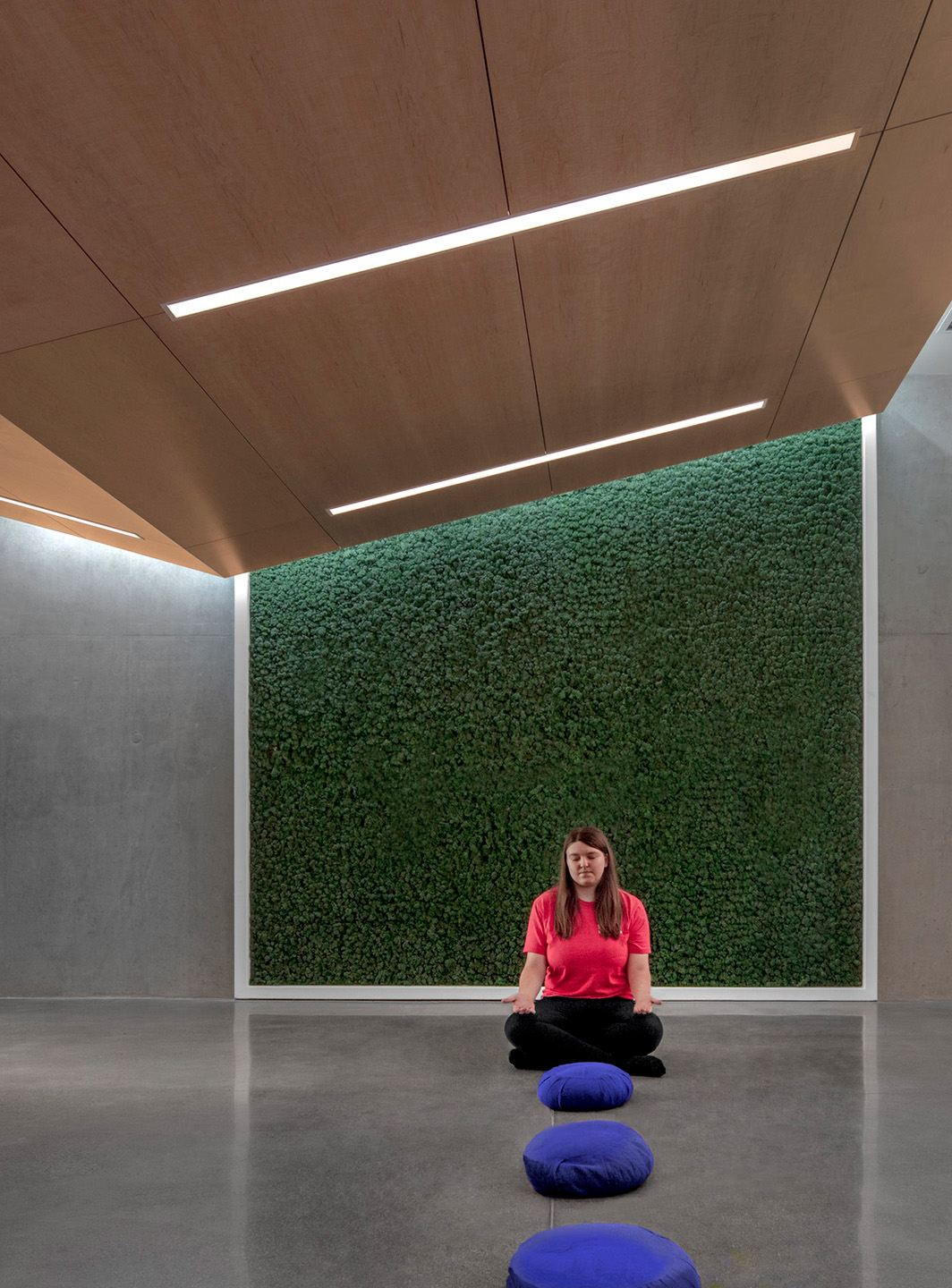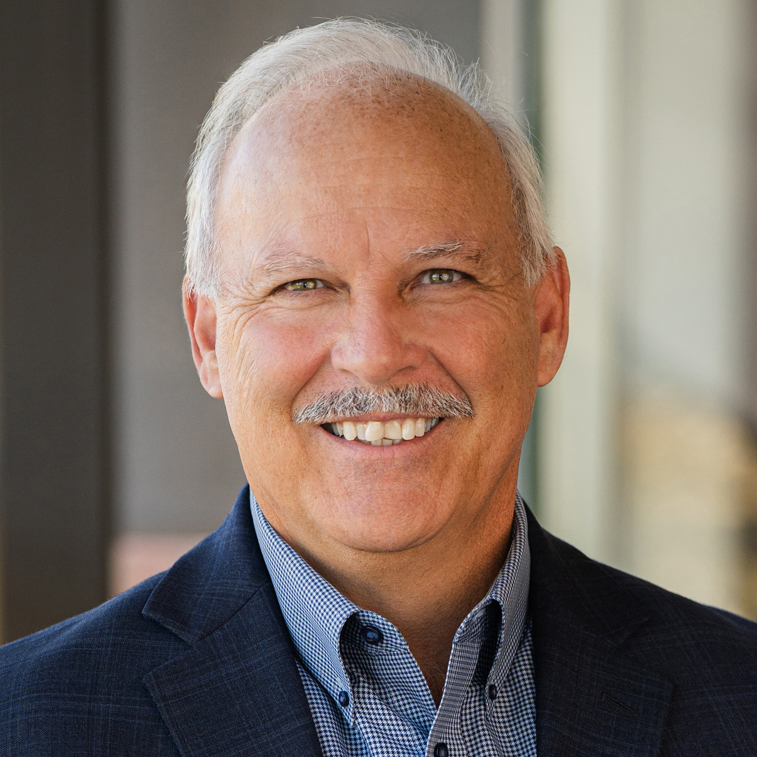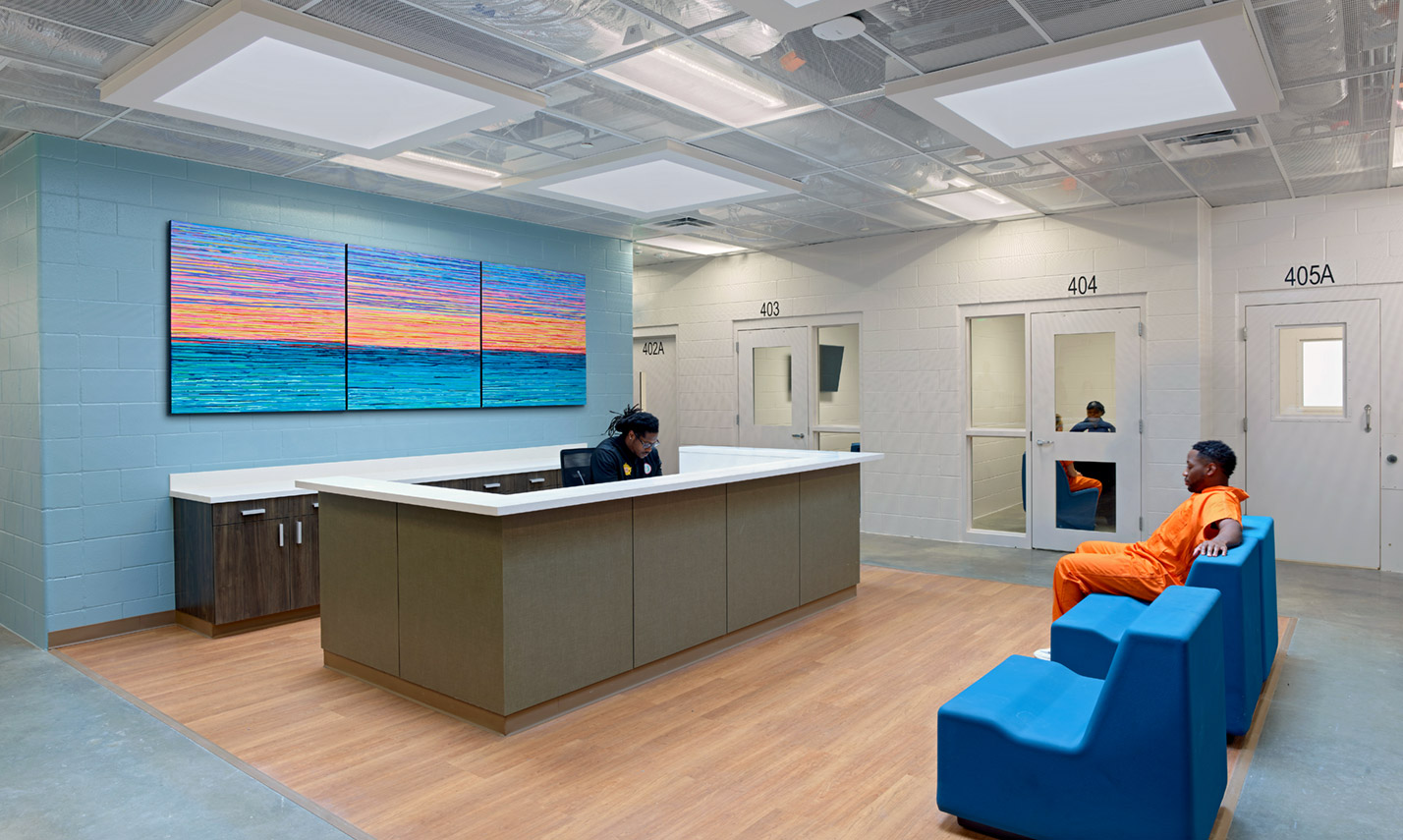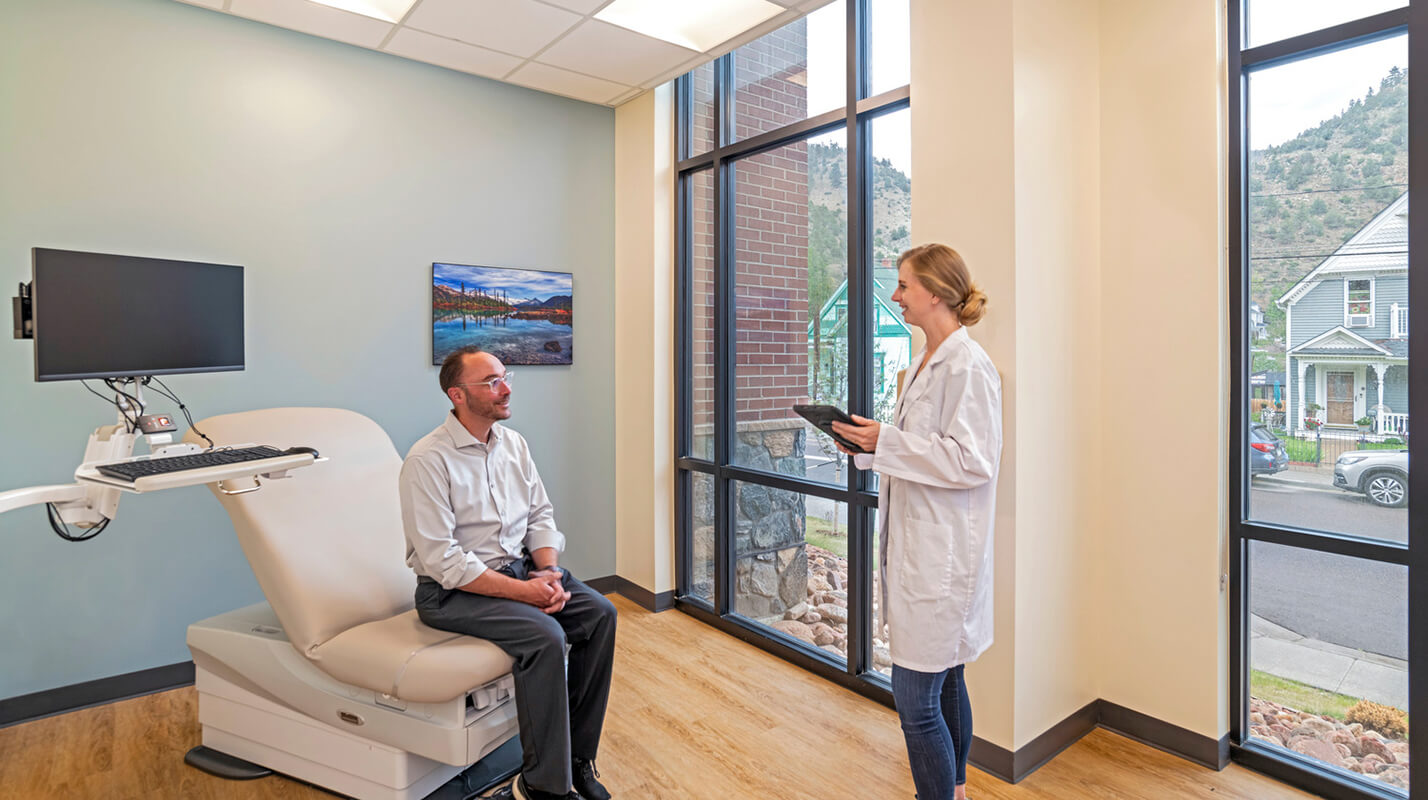How jails are doubling as mental healthcare providers
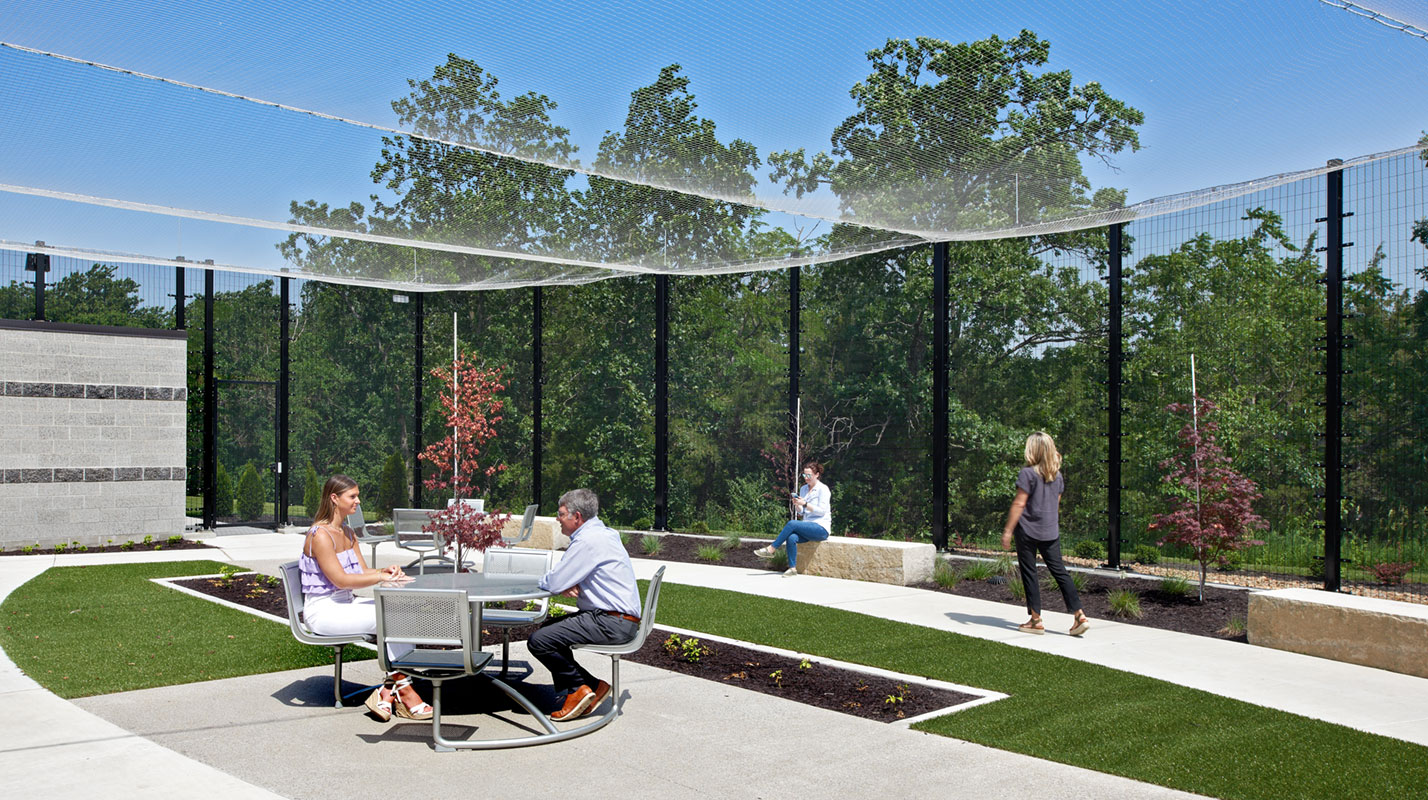
Growing jail populations and declining state-level mental health treatment
While not often considered as social service institutions, jails are fast becoming America’s largest mental health service provider. According to the most recent available U.S. Department of Justice statistics, as many as 64% of those being held in local jails have a self-reported mental illness, up from 16% in 1998. Of these, 70% were involved in nonviolent offenses, and just one in six had received treatment while in jail.
With dwindling options for state-level mental health treatment, county jails across the country are becoming overcrowded, managing a population of inmates they are often ill-equipped to handle and increasingly challenged by suicides and violence. Incarcerating more mentally ill offenders is not a safe or effective public policy for correctional facilities or their communities.
Over the last two decades, mental health reform efforts have shifted from institutional custodial care to a community-based model; yet, without the level of public funding and infrastructure that is needed to manage this mandate within individual communities, many people have not had access to the services or medications they need.
Communities across the country are implementing changes to address the issue, from New York City’s effort to prioritize treatment options in sentencing to Michigan’s statewide expansion of specialized mental health courts. Douglas County, Kansas, a national leader in pioneering successful offender reentry programs, is taking a community-wide approach to develop a multifaceted solution tailor-made for their jurisdiction.
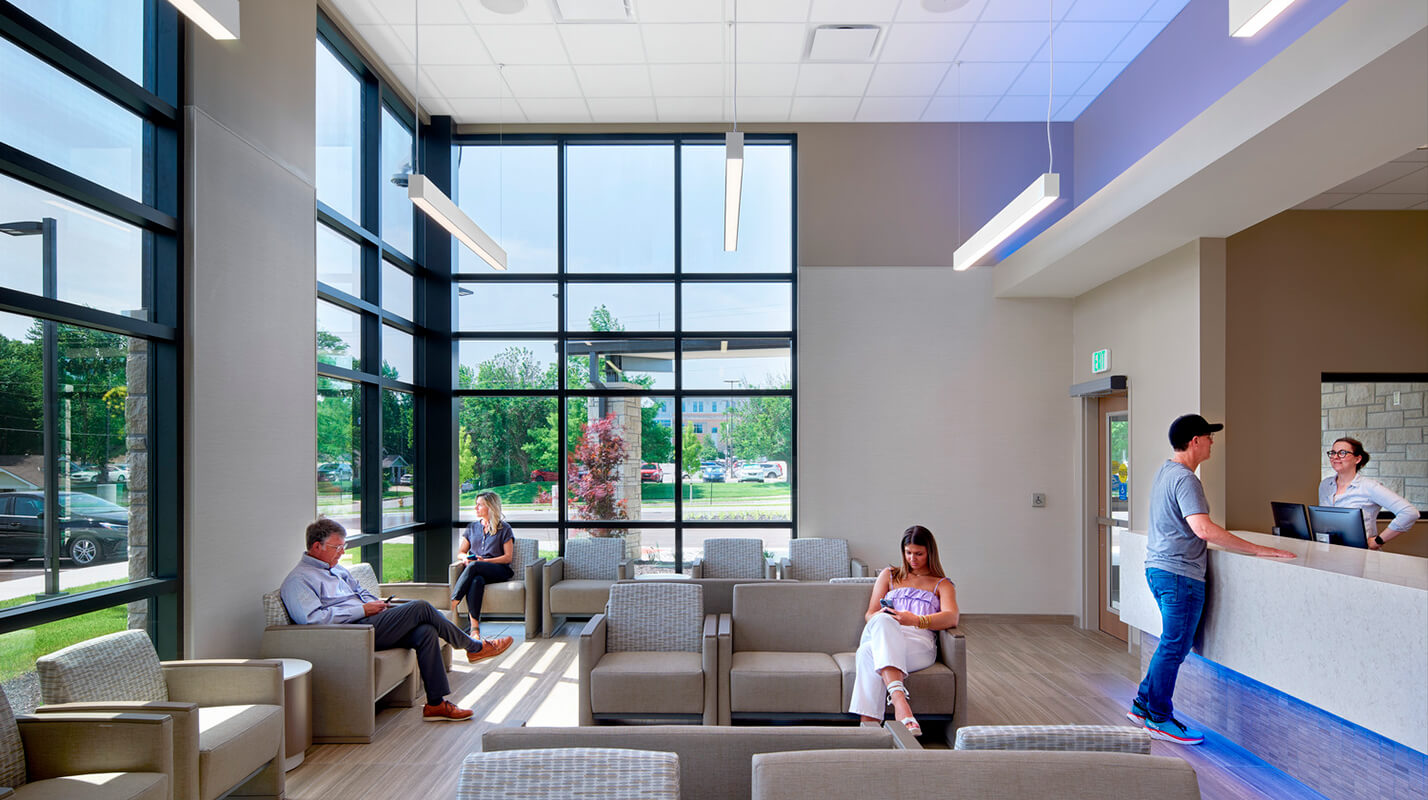
In Kansas, state-funded mental health treatment beds have dropped from 5,000 in the 1980s to just 282 in 2014. With few other options available to local law enforcement and judges, county jails are seeing marked increases in the numbers of people with mental illness, many charged with nonviolent or misdemeanor offenses. Douglas County’s jail was housed in a modest limestone building until 1976, and was then replaced by a Judicial and Law Enforcement Center that included linear supervision jail space, which occupied half of the second floor.
The present facility, which accommodates 186 inmates in a direct supervision model, opened in 1999. However, like most jails across the U.S., it was not designed to meet the demand for behavioral treatment, and staff has seen firsthand that the jail environment can be harmful to those with mental disorders—one of the biggest growth sectors of its population. With state funding scarce, it is up to counties to manage the realities their jails are facing. At the same time, there is an opportunity to custom-design the best possible solutions with the resources available.
Douglas County, Kansas, is addressing mental health as a community approach
Already a leader in transitioning inmates back into the community, Douglas County’s Transition from Jail to Community reentry model was one of two chosen by the National Institute of Corrections (NIC) as a pilot reentry program. County commissioners and corrections officials are now implementing a comprehensive approach to mental health treatment and jail overcrowding that they hope will provide a better solution for its citizens and will serve as a model for other midsized and smaller communities.
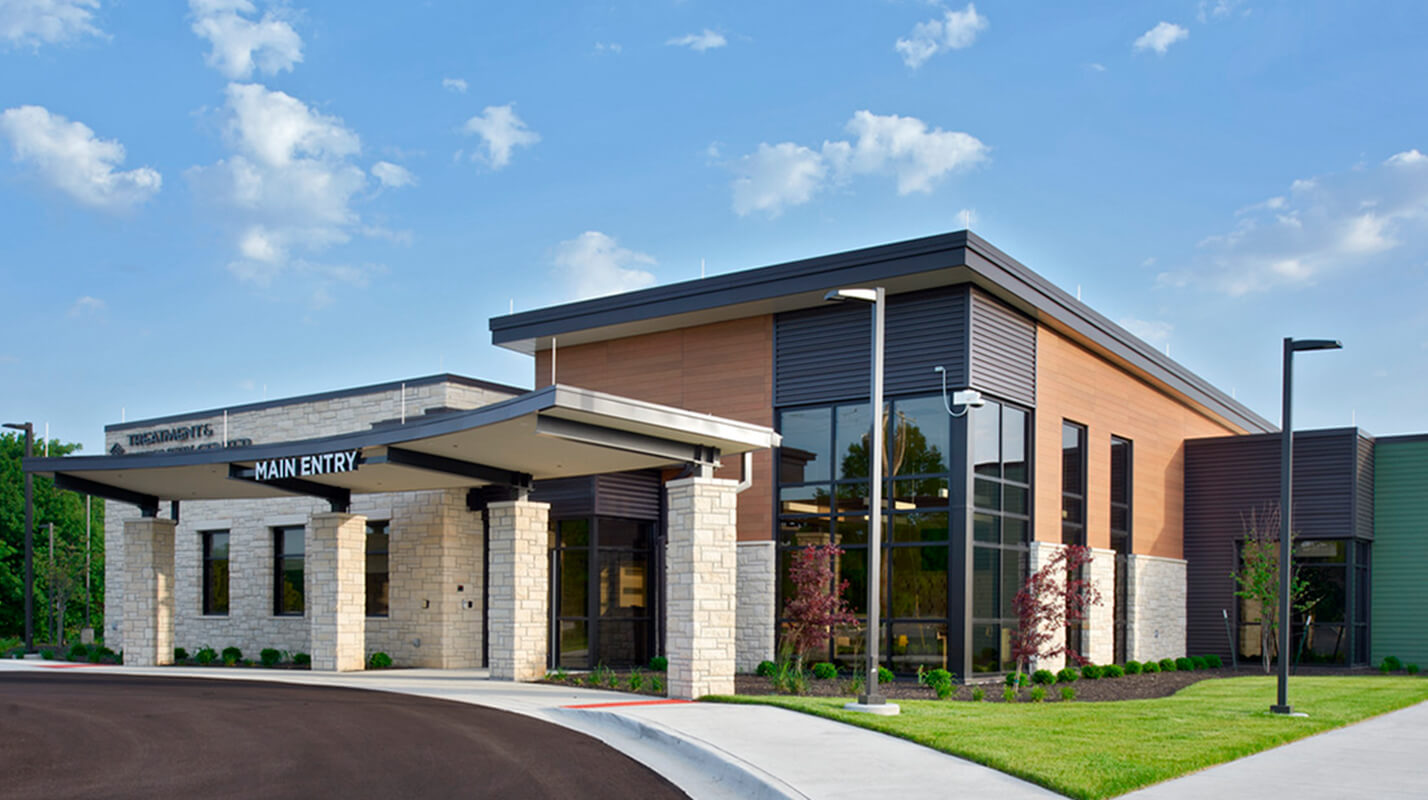
In Douglas County, community leaders fostered an open dialogue with the public by hosting several town hall meetings, engaging local media, and holding ongoing discussions with local health care providers, advocates and organizations that have identified access to mental health treatment as a regional priority. They identified three separate—but linked—priorities:
- Define the scope for opportunities. Determine, through data analysis, how many individuals suffering from mental illness are currently housed in the jail and would potentially be eligible for diversion opportunities.
- Identify ways the community can improve access to treatment. Increase the odds that those with mental illness will stay out of jail by expanding public-private partnerships with community mental health specialists to provide treatment and resources within the community.
- Improve accommodations for mentally ill offenders. Routinely examine mentally ill offenders for case expediting and pretrial supervision programs. For those who remain in jail, provide specialized outpatient and inpatient services and a more therapeutic physical environment that helps reduce behaviors.
Defining the scope of opportunity for reintegration back into communities
To establish a baseline on its needs, Douglas County evaluated its jail inmates, and whether they are suffering from serious mental health disorders. Accurate data on who is being incarcerated and for what reasons allows for right-sized solutions, drawing from a menu of out-of-custody services, including:
- Crisis intervention centers
- Intensive wraparound services
- Community outpatient services
- Intensive inpatient services
- Community inpatient services
- Step-down programs for short-term stabilization followed by outplacement
- Douglas County has broadened its analysis, conducting a needs assessment that examines more effective diversionary strategies and safer ways to keep mentally ill offenders in custody.
- Improving access to treatment and refocusing the jail’s mission
Keeping county jails focused on their mission of pretrial custody and short-term sentencing starts with a diversionary, crisis intervention approach that engages the whole system, from law enforcement and the courts to the jail itself. An essential component of Douglas County’s solution includes a diversionary court that integrates mental health and drug treatment. It will provide alternative adjudication and sentencing options beginning in 2016. There are now approximately 350 such mental health courts operating throughout the country, many in larger counties; they vary widely in how they are administered, who is eligible, their programming resources, sanctions for noncompliance and adjudication processes.
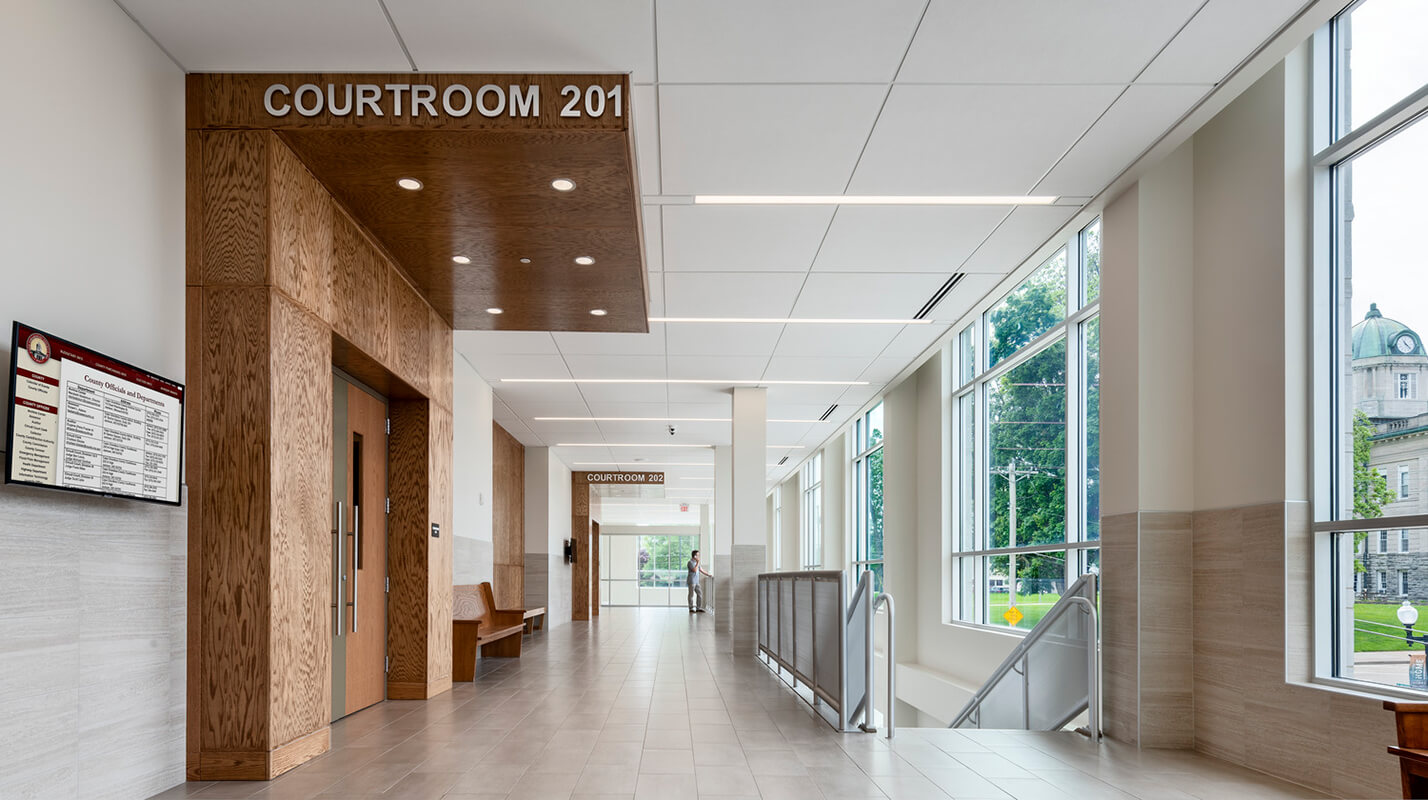
Communication and collaboration can help communities take a multipronged approach to creating and sustaining networks and systems to reduce their jail population of nonviolent offenders and potentially free up county funds for treatment. Critical-time interventions necessitate shared information protocols that keep service providers on the same page about individuals and their treatment. They may also take the form of creating local crisis intervention teams or informal networks where local business owners can alert police to potentially problematic behavior, and empowering police with additional training and decision-making authority.
A fully functioning system would provide options other than incarceration. Perhaps police would transport low-level, nonviolent offenders to a crisis center rather than jail. If they are not eligible for that service, the jail intake process might evaluate whether hospital care is more appropriate and put a hospital transfer agreement in place. People with mental health issues are vulnerable individuals whose behavior tends to worsen in a confinement setting; they need support, as well as supervision from the mental health system.
Establishing crisis intervention training for local police and sheriff’s departments will be a critical component of Douglas County’s approach, equipping officers with tools to de-escalate potential situations with mentally ill offenders. The county recently built a new Treatment and Recovery Center that will offer crisis intervention services for those who do not necessarily belong in jail. If jail is the right place, it should be a safe environment, and services must be available within it to stabilize individuals while they await trial.
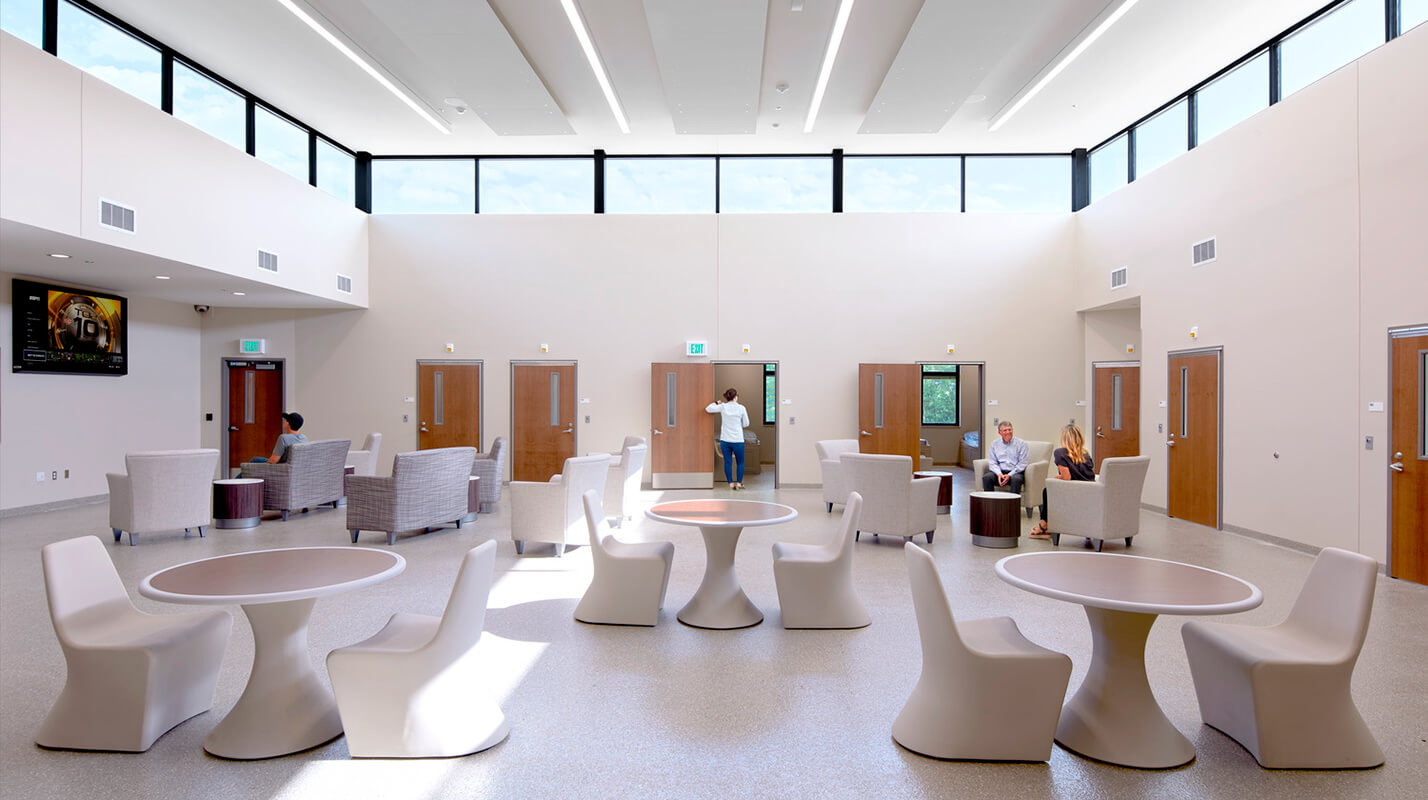
Designing a healthier, safer jail environment
Even with the best diversionary systems in place, some people who suffer from mental illness and commit crimes will still be placed in custody. Detaining them in a way that protects their safety, and the safety of staff and fellow inmates, will require a different approach to the traditional jail environment. Douglas County aims to modify its facilities to meet this approach. The modern jail may include mental health pods with programming spaces for psycho-education groups and medication education; informal education spaces where tables and chairs can be pulled together; and basic physical and mental health clinic spaces.
Typical jail design lends itself to isolation, and facilities are often stark, rigid structures. It can be a harsh environment, especially for those with perceptional disturbances, hallucinations, and anxiety disorders. Aspects of the jail environment—flooring and furnishings, how spaces are set up for socialization, and access to daylight—can either aggravate or mitigate behaviors. Hard concrete spaces create noise levels that can disturb those with brain disorders, while softer, more natural environments can help inmates calm themselves in the unfamiliar jail setting.
An appropriate intake area may include elements of safety, such as designated spaces for booking, administration, physical and mental health assessments, phone calls and orientation on jail rights and rules. It may mean replacing the concrete booths and mesh walls, which create barriers and a sense of unease during initial interviews, with non-intimidating, semiprivate interview cubicles. These cubicles would be similar to those in a hospital admissions office and would protect privacy, reduce distractions, and encourage the exchange of sensitive information.
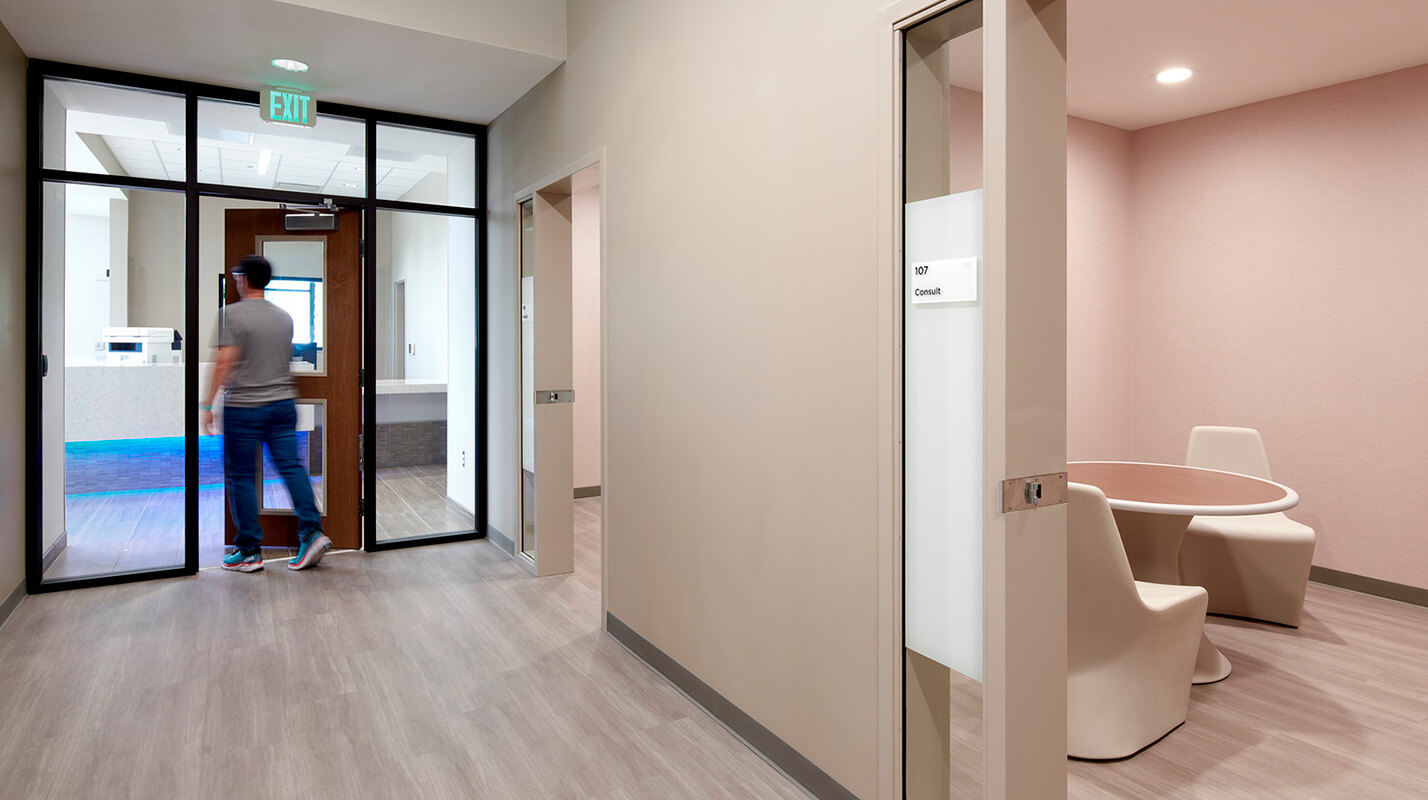
Unlike prisons, most jails do not replicate normalcy in daily routine and interactions or offer access to daylight and yards. Jails can provide natural sunlight exposure through landscaped courtyards that are visually confined from the street, as well as rooms and cells that provide a view to the outside (in accordance with ACA standards) and use paint colors that reflect light and enhance visibility. Windows on cell doors could be larger, allowing officers to see in and inmates to see out. For many people with mental illness, it is important to know what is going on in their environment; how they interpret their surroundings can influence their behavior.
Small individual cells are the most expensive way to hold inmates. A diversity of housing options with the proper levels of supervision and options for treatment can help jails better manage a changing population. While there will always be a need for individual cells, medium-security pods could include larger cells designed for two people, while minimum-security pods could include small, multi-person dorms.
For those at risk of self-harm, crisis cells should include emergency intercoms and should be free from stacked bunk beds, collapsible hooks or other protruding items that can be used for injury. The basic human need for privacy is also lacking in many jails. For people with mental health concerns, this can aggravate behaviors and present safety concerns. Adequate numbers of showers, toilets and sinks for the number of people in the space should be available, as should privacy while those spaces are being used.
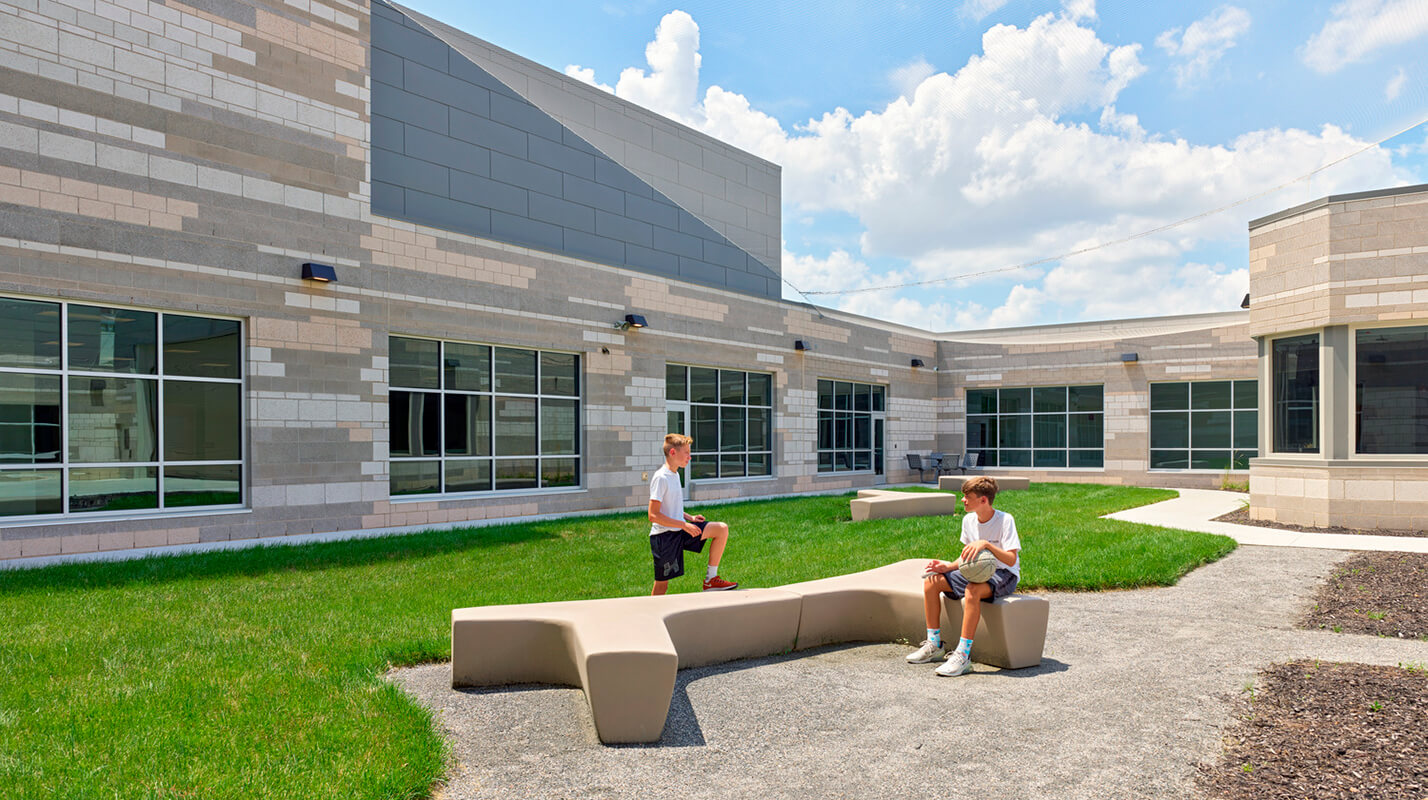
What the future could look like for healthy, thriving communities
County jails serve an important function within America’s rule of law. They have a social contract with their communities to safely house defendants facing trial or sentencing in a safe and secure facility, and while they are in custody, to treat them humanely and offer services that may positively affect behavior and lower recidivism.
It is a mandate that is becoming increasingly difficult to fulfill. For jails to operate efficiently and safely, communities must work collaboratively to avoid overcrowded, unsafe and expensive jails and to provide the physical environments, staffing and treatment resources necessary to adapt to changes within the jail population.
With a vast majority of jails currently use American Correctional Association or state-adopted jail standards, there is also an opportunity to expand these standards to achieve better inmate mental health care and more effective recovery and reintegration. The “Design Research and Behavioral Health Facilities” report published by The Center for Health Design offers a strong starting point for design professionals and governing agencies to deliver state-of-the-art recovery environments that can help jails achieve this mission.
Every citizen and taxpayer is invested in this issue on some level. Today, we have the opportunity to collaboratively address overcrowding, design safer and more humane jails, and redesign local criminal justice systems to optimize community resources and build safer communities. Douglas County’s study showed that it is possible to reduce the average daily population of its county jail by more than 10% through this multifaceted approach. The changes currently being implemented will provide more effective, humane and therapeutic experiences for mentally ill offenders.
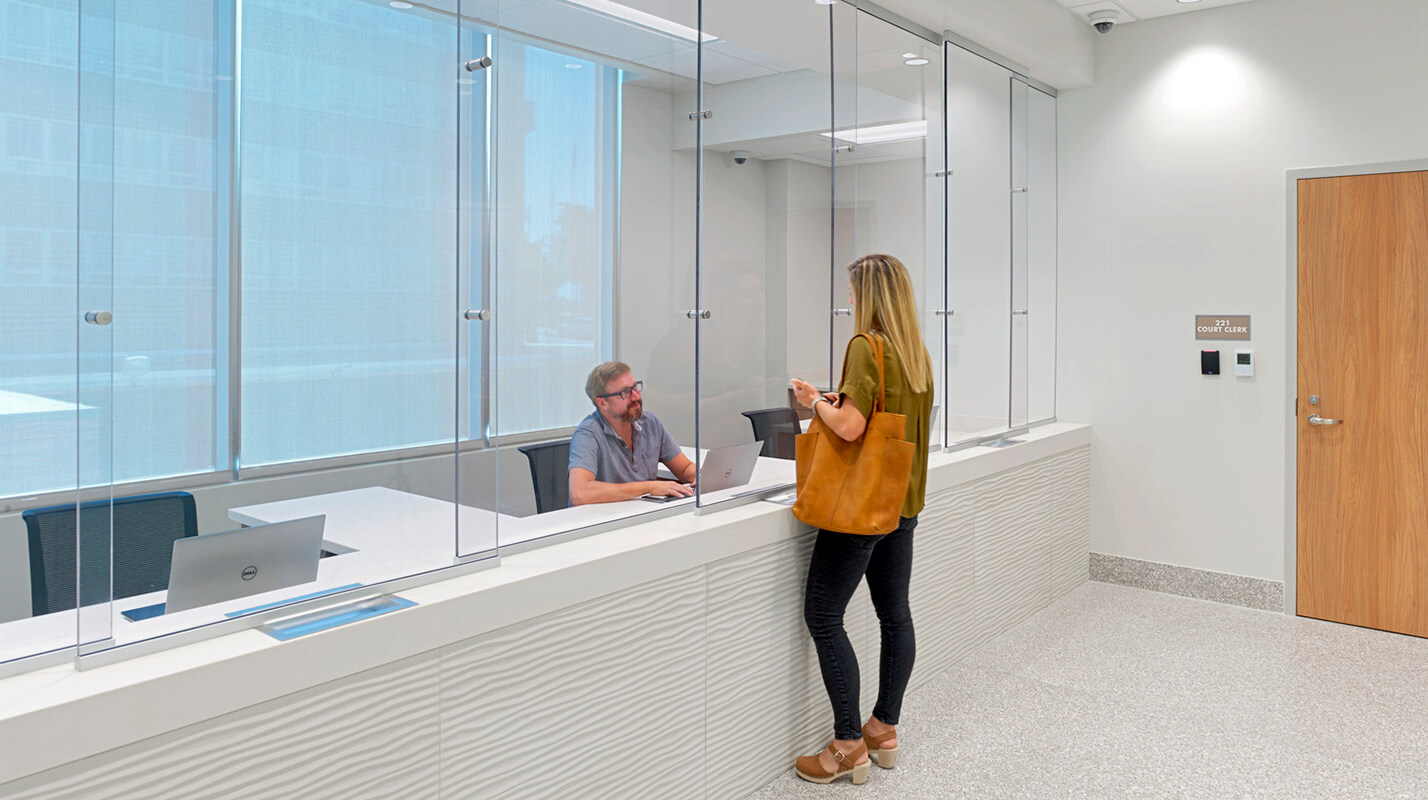
Endnotes
2006 Special Report, Bureau of Justice Statistics, U.S. Department of Justice
“Mentally Ill Offenders Involved with the U.S. Criminal Justice System”, Christine Sarteschi
“State Mental Health Cuts: A National Crisis,” 2011, National Alliance on Mental Illness
“Design Research and Behavioral Health Facilities,” 2013, The Center for Health Design
Authors
Stay on the leading edge
Stay up to date on emerging trends, research, hot topics, and more delivered conveniently to your inbox.
"*" indicates required fields

